Fords Gather for the First Annual Walk Against Asian Hate
The No Place For Hate officers lead the Walk Against Asian Hate. (Left to Right: Sophomore Katie Blickley, Senior Bella Monzo, Sophomore Jean Park, and Senior Taylor Pickering)
On Thursday, May 6th after school, students gathered on the turf to show support and solidarity with Haverford’s AAPI (Asian American and Pacific Islander) community. The event, organized by the No Place for Hate officer Sophomore Jean Park, featured speeches from 6abc’s newscaster Nydia Han, popular TikTok user Joanna L. Molinaro (known as the Korean vegan), and several students including Jean Park herself, Sophomore Katie Youn, Senior Tyler Ea, Junior Tom Huangpu, Senior Mia Blatcher, Senior Aliya Pumpuckdee, Freshman Elaine Dong, and Sophomore Chloe Hyun.
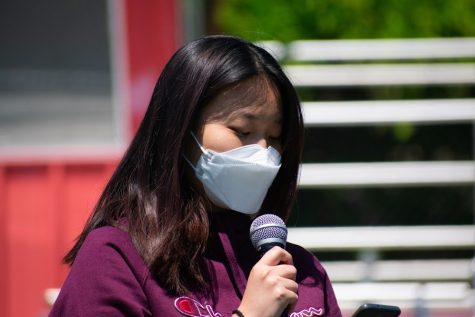
“Racism has been a deeply-rooted part of American society since its foundation,” said Katie Youn. “Asian hate has always been intertwined with America’s history.” Although racism against Asian Americans has always existed in America, awareness of this racism has increased in recent years due to social media platforms such as Instagram and Facebook. As described by Elaine Dong, “. . . I am not proud of what this country has done to Asians like me… Yellow Peril, The Chinese Exclusion Act of 1882, the Internment of Japanese Americans in the Second World War, and countless hate crimes . . . “
Despite the omnipresence of Anti-Asian acts and violence in America throughout history, the Coronavirus pandemic has initiated a new torrent of hatred and violence against people of Asian descent. Hate crimes targeting Asian Americans, such as the Atlanta Spa Shooting in which 6 of the 8 victims were women of Asian descent, have increased 150% in the past year (NBC News). This new wave of xenophobia has provoked fear and unease among the nation’s AAPI communities, including Haverford’s own. Tom Huangpu said that, following the increase in violence against the AAPI community, he “. . . began to be careful and attentive everywhere I went, watching everyone’s hands and looks in case someone tried to attack me, my family, or my friends.” “When I first learned about the rise in violence against the Asian community, I didn’t fear for myself,” said Mia Blatcher. “. . . when I learned about the murders of the six women of Asian descent in the Atlanta area, I thought to myself, that could have been my mom.”
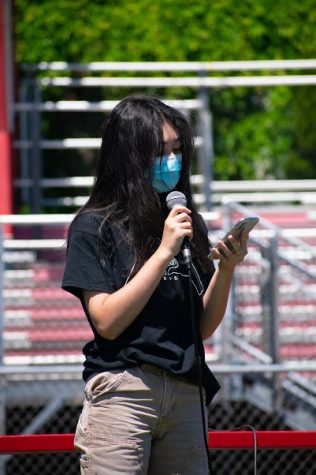
It is the lack of acknowledging such acts which has allowed racism against Asians to continue in the USA, among other countries, for so long. “When I went to a conference at City Hall to celebrate the 100th anniversary of the first Korean Congress, I learned that on October 24, 1871, around 500 White and Hispanic persons entered Old Chinatown in Los Angeles and attacked, bullied, robbed, and murdered Chinese residents,” said Katie Youn. “I remember sitting there, not surprised by the violent history, but by the fact that I had never known about this event. I was forced to reflect on how the American education system had failed me and my peers. I didn’t know about the struggles of my own people until I was in a room filled with them.” There has been a severe lack of Asian history in the majority of American school curricula has left non-Asian students with little knowledge of the mistreatment of Asian people throughout history. Due in part to this, everyday racism and microaggressions against Asian Americans have become a normal part of life for members of the AAPI community.
Unknown to the vast majority of non-Asian students in HHS, such racism and the perpetuation of stereotypes has existed and affected AAPI students for, arguably, their entire lives. “Asian hate didn’t just start this past year; it has been instilled in every Asian American since birth,” said Jean Park. Aliya Pumpuckdee added that, “I had friends who constantly made racist remarks and even called me slurs and just masked their racism by saying it was only a ‘joke’.” Similar ‘jokes’ are mentioned by Tom Huangpu who said, “[These] jokes… demoralize, dehumanize, and emasculate Asians. I used to make these jokes and fully accept them because it didn’t seem like a big deal.” Chloe Hyun shared this sentiment, stating that, “. . . for most of my life, I’ve turned the racism I’ve faced and the Asian stereotypes into jokes that could be laughed at, essentially turning it into humor.”
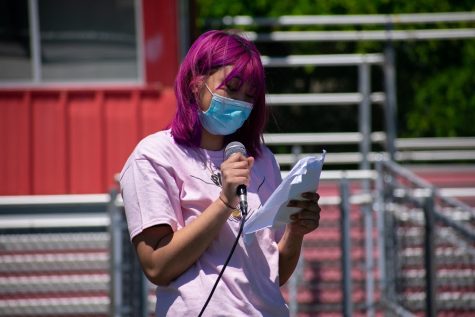
Despite the efforts taken by HHS and other schools to combat everyday racism, these acts still persist, due in part to the lackluster programs and endeavors which aim to fight against such racism. While non-Asian people can simply speak against such immoral violence and racism, Asian Americans cannot stop Asian hate via a single poster or assembly preaching “Treat others as you would want to be treated.” There is, of course, good intentions behind such efforts, but racism against Asians is so built into American culture that the suggestion of simply “being more inclusive” is not nearly enough to combat it.
Asian Americans have endured this treatment for their entire lives, and have suffered the consequences of it. “You grow up finding shame in the little things that single you out in an environment that seems to preach equality, yet finds mockery in the littlest things that make you different,” said Mia Blatcher.
In addition to the lack of Asian history and the history of anti-Asian acts, the nearly complete absence of Asian-American representation in the media has perpetuated racism against Asian-Americans. Aliya Pumpuckdee said, “I grew up seeing no actual representation of Asians in the media.” Jean Park, a sophomore at HHS and the organizer of the walk, shared this sentiment, saying, “. . . I never saw myself in the media. Everyone that I saw in person or on TV was white… While other kids had thousands of Halloween costumes to choose from, I had very few because no one looked like me.”
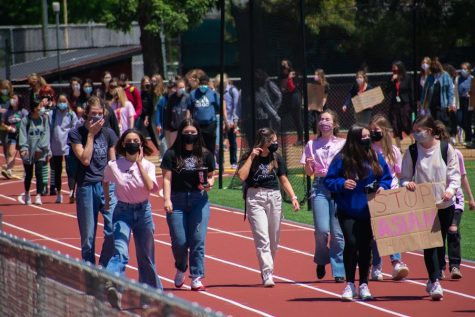
Although the recognition of the mistreatment of Asian Americans was a major theme among the speeches, all student speakers offered hopeful words of encouragement and empowerment. “Even with everything that our community is facing right now, I’m extremely proud to be an Asian American,” said Chloe Hyun. “I’m proud of my Korean name, Jihae. I’m proud of my culture, my traditions, my Asian features, and my family of immigrants. Most of all, I’m proud of this generation of Asian Americans who have stepped up to fight against the racism we face, which is a fight that has been held off for so long.” Elaine Dong said, “We are not a virus, but hate is. . . We can change that by calling out the hate speech, the bigotry, the slurs, and the stereotypes. Do not ask your Asian friend if they eat dogs and cats for dinner. Do not degrade an Asian when they score badly on a test and say ‘but you’re Asian’. Do not wear ‘fox eye’ makeup just because it looks good on you now, but you made fun of me for it before. Do not make fun of our culture when you are the one that watches the k-dramas and animes, reads the mangas, and listens to k-pop. Do not normalize xenophobia. It does not matter if it is your neighbor, your family member, or your best friend. Call it out and educate them. Let them know that it is never too late to learn and change.”
https://www.nbcnews.com/news/asian-america/anti-asian-hate-crimes-increased-nearly-150-2020-mostly-n-n1260264



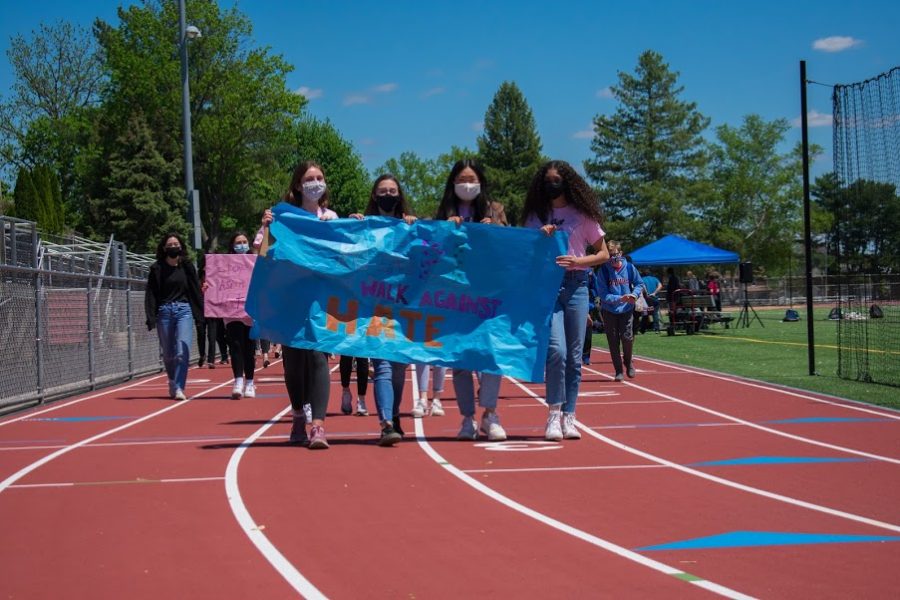
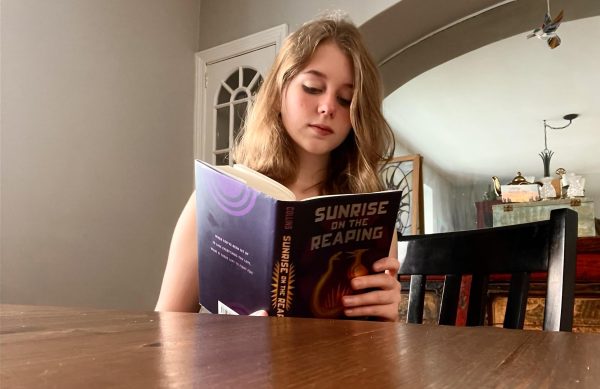
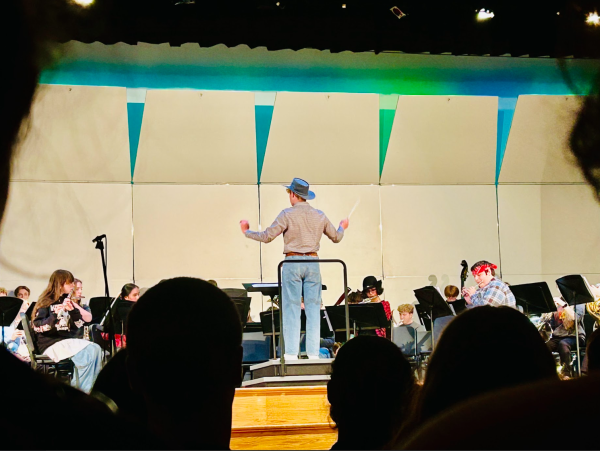

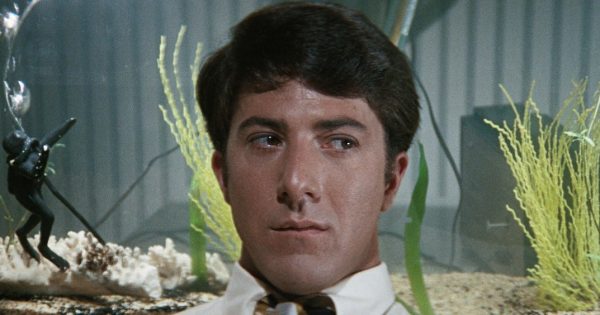
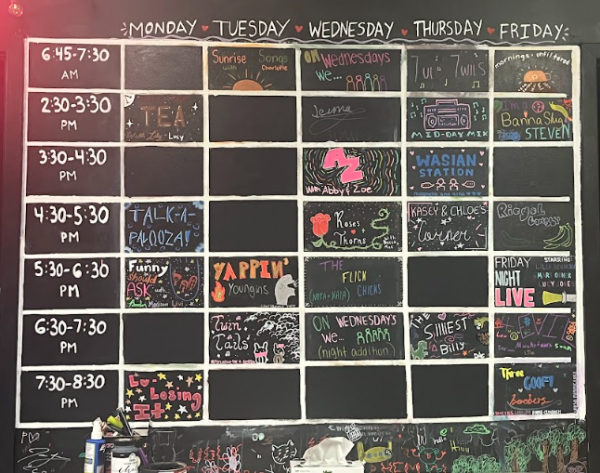

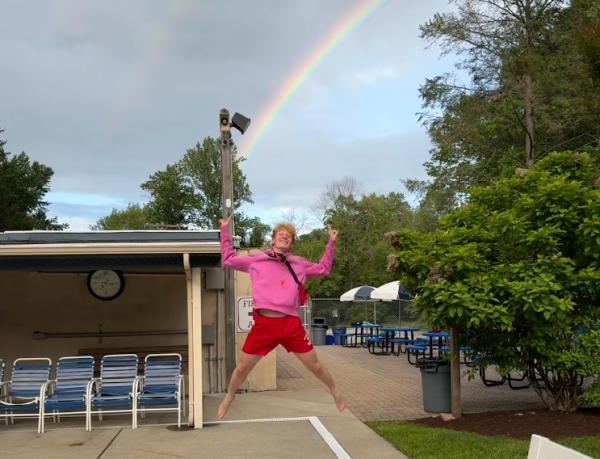
Rachel Plasky • Jun 9, 2021 at 5:04 pm
I don’t think my original comment went through, but I just wanted to thank you for writing this.
April Forgeng • May 18, 2021 at 12:18 pm
Thank you for covering this important, event! I am so proud of our No Place for Hate club but also of all of our brave, inspirational speakers, and of the supportive allies.